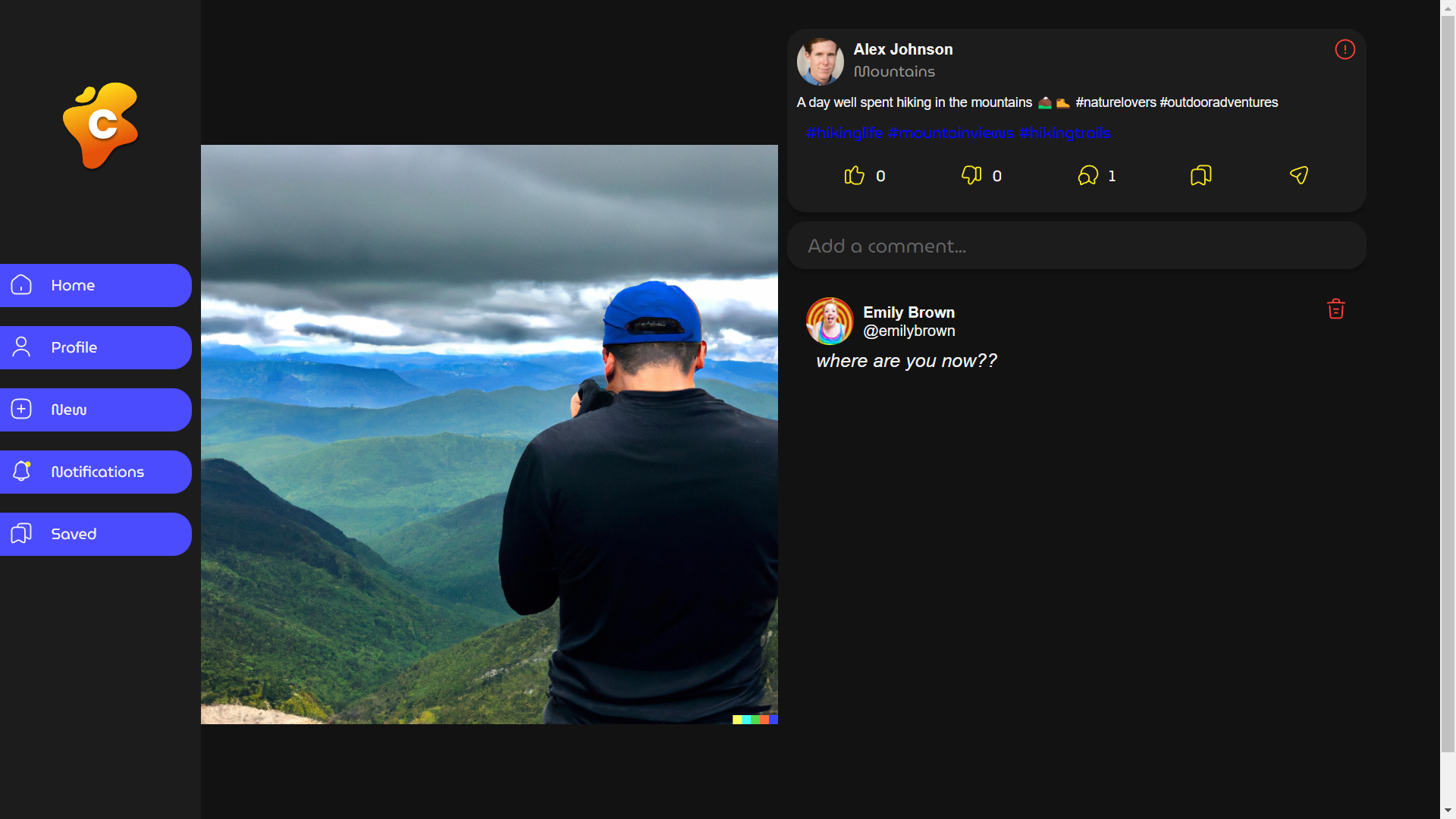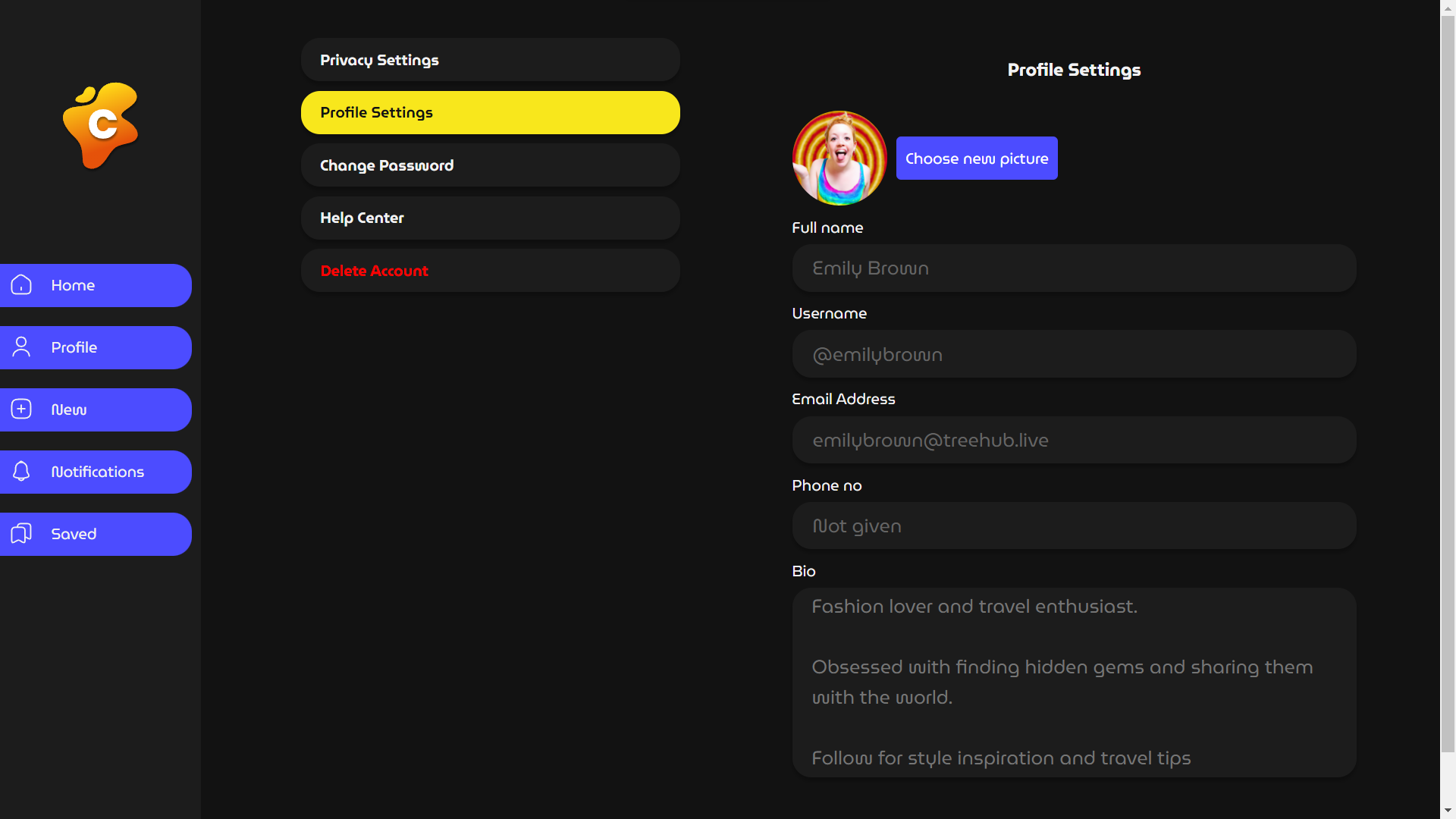A Django 4.1 -based open source social network application.
- User authentication and authorization using Django's built-in authentication system
- A newsfeed that displays posts from users that the user follows
- The ability to search for other users and send friend requests
- A messaging system to communicate with friends in real-time
- An admin panel to manage users, posts, and other site content
- A help message feature to assist users with any questions or issues they may have
- User reporting to flag inappropriate content or behavior
- Private account settings to control who can see a user's content
- The ability to block other users who are causing issues or making users uncomfortable
- Clone or download this repository and open it in your editor of choice:
git clone https://github.com/shahsad-kp/ConnectionHub.git- cd into project repository.
cd ConnectionHub- To get this project up and running you should start by having Python installed on your computer. It's advised you create a virtual environment to store your projects dependencies separately. You can install virtualenv with
sudo apt install python3-venv- Within the directory run the following command to create your new virtual environment:
python3 -m venv my-project-envThe command above creates a directory called my-project-env, which contains a copy of the Python binary, the Pip package manager, the standard Python library and other supporting files.
- To start using this virtual environment, you need to activate it by running the activate script:
source my-project-env/bin/activate.Once activated, the virtual environment’s bin directory will be added at the beginning of the $PATH variable. Also your shell’s prompt will change and it will show the name of the virtual environment you’re currently using. In our case that is
(my-project-env) $Now that the virtual environment is activated, we can start installing, upgrading, and removing packages using pip.
- The first step is to install the module,using the Python package manager, pip:
pip -r install requirements.txtModify ConnectionHub/setting.py with database settings based on your requirements
- Run the following commands in the root folder.
python manage.py makemigrations
python manage.py migrate- Also create a superuser by :
python manage.py createsuperuser- To get start runserver locally by:
python manage.py runserverOpen up a browser and visit: http://127.0.0.1:8000/ , then you will see the application.
Show your support by 🌟 the project!!










